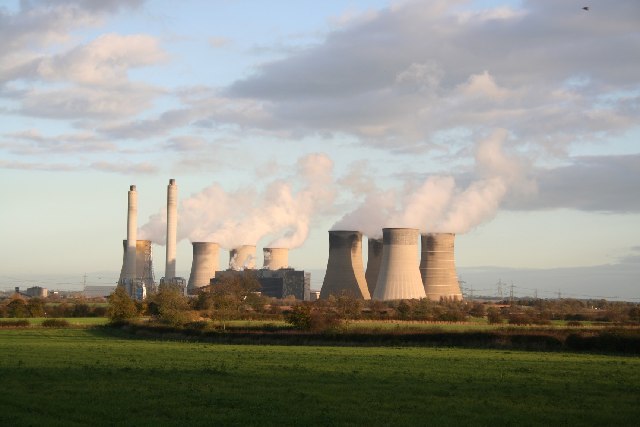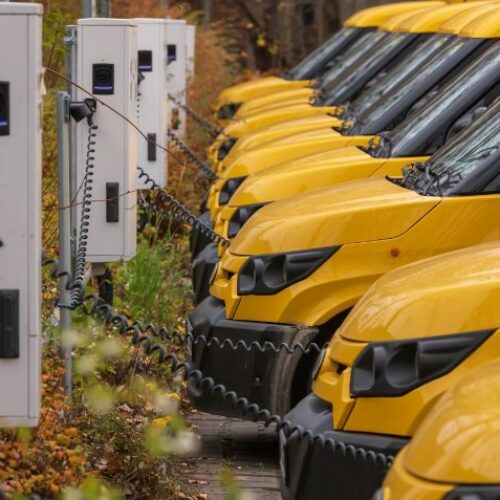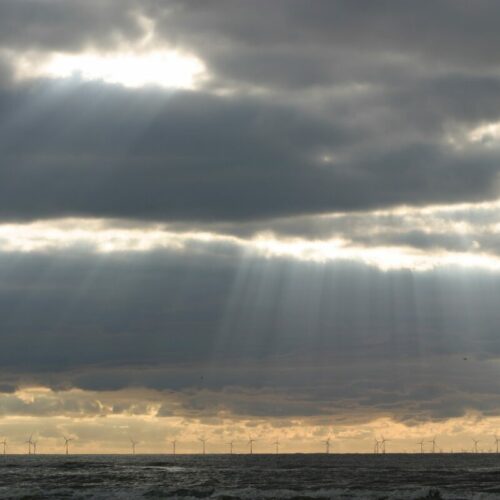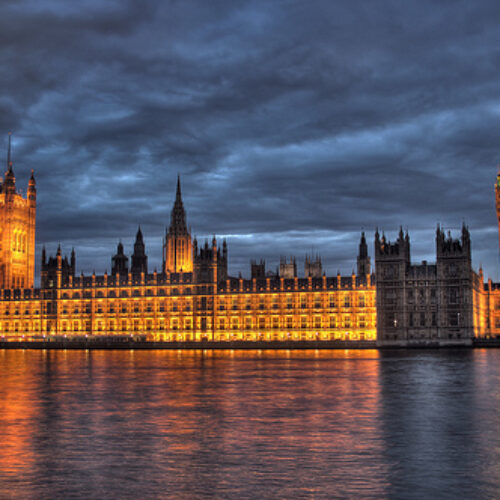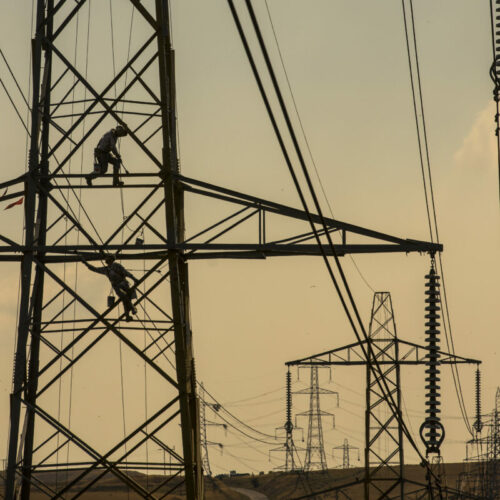National Grid ESO has called on four of its contingency coal units to warm, as well as issuing an electricity margin notice (EMN), as capacity margins for this evening’s peak look tight.
Coal units once again warmed, but will they be used?
Initially, the operator called on one of the 400MW West Burton coal units to warm a little after 15:30 yesterday (6 March). Then in the early hours of this morning, it issued notices through the Balancing Mechanism (BM) calling on the second West Burton unit as well as both of the Drax coal units to warm.
“The ESO has issued a notification that we will warm four of our five winter contingency coal units for potential use on Tuesday 7 March,” said National Grid ESO in a statement.
“This notification is not confirmation that the unit will be used on Tuesday, but that it will be available to the ESO, if required. The ESO as a prudent system operator has developed these tools for additional contingency to operate the network as normal. This does not mean electricity supplies are at risk.“
This marks the fifth time that the units have been warmed this winter, with the instruction issued by the operator on 7 February, 26 January, 23 January and 12 December, but they are yet to be used.
National Grid ESO signed contracts with Drax, EDF and Uniper last year as concerns grew for system stability amid the wider energy crisis.
| Name | Volume | Date |
| West Burton A (EDF) | 2 x 400MW | 1 Oct 2022 – 31 Mar 2023 |
| Drax | 2 x 570MW | 1 Oct 2022 – 31 Mar 2023 |
| Ratcliffe (Uniper) | 1 x 480MW | Nov 2022 – 31 Mar 2023 |
However, thanks to strong wind generation and mild weather, the winter has not been as straining as feared, limiting the number of Enhanced Action’s that the operator has had to take. The use of the the coal units is the final Enhanced Action the ESO has at its disposal, as set out by the in its Autumn Markets Forum in September
But the units give the ESO an additional 2.5GW of buffer capacity, which may yet be used by the operator to ensure system stability.
Keeping the units online over the winter is set to cost between £340 million and £395 million, subject to the procurement and use of the coal.
Update: At 13:51 West Burton Unit 1 was activated, the first time the contingency coal units have been used this winter.
ESO issues EMN in increasingly rare instance of reduced safety margins
As well as the warming of the coal units, the ESO has issued its first EMN of 2023, due to reduced system margins. This is driven by the cold weather being experienced across Britain, as well as with planned strike action in France today over pension reform at EDF limiting interconnector capacity.
There is a shortfall of 980MW, which falls below the current contingency requirement of 700MW for the period 16:30 to 20:30 today.
“An electricity margin notice (EMN) has been issued to the market. This is a routine tool that we use most winters, and means we are asking generators to make available any additional generation capacity they may have. The EMN does not mean electricity supply is at risk,” said the operator in a statement.
There have been markedly few EMNs as well as capacity market notices (CMN) this winter. EMNs and CMNs are similar in some respects, as they are issued on the basis of the same data including generator availability and demand forecasts, but differ based on the thresholds and lead times with which they are issued.
For example, EMNs are issued by the control room using operational and engineering judgements of the experts working there, and can therefore be issued at earlier points – like today’s being issued yesterday afternoon.
Meanwhile CMNs are issued automatically by ESO’s system to capacity market providers four hours before there will be reduced safety margins.
There hasn’t been an EMN this winter, but there have been two CMN’s issued, one on 22 November and one on 28 November, both of which were cancelled shortly after.
Both CMNs and EMNs used to be common during the winter, but as the ESO has bolstered its toolkit to deal with the challenges of the evolving, low-carbon electricity system that is emerging, they are becoming rarer. However, unusually last summer saw CMNs issued in both July and August, as scorching temperatures strained the system.
Another DFS event to stabilise the grid tomorrow?
With the cold weather – and with it increasing demand – expected to continue into Wednesday, National Grid ESO has issued an anticipated Demand Flexibility Service (DFS) notice for tomorrow.
This is yet to be confirmed, with additional details expected at 14:30.
So far, the ESO has run two live events, the first of which ran from 17:00 and 18:00 on 23 January, and saw the operator request 323MW in the first half an hour and 336MW in the second.
The second live event ran just the day after on 24 January between 16:30 and 18:00, with 274MW required for the first half an hour, 330MW for the second and 341MW for the final half an hour.
This is in addition to the 13 test events it has run since the service was launched in November 2022. The initial trial of DFS is set to come to an end at the end of March, following which the ESO will assess its success and plan for its use in the future.
